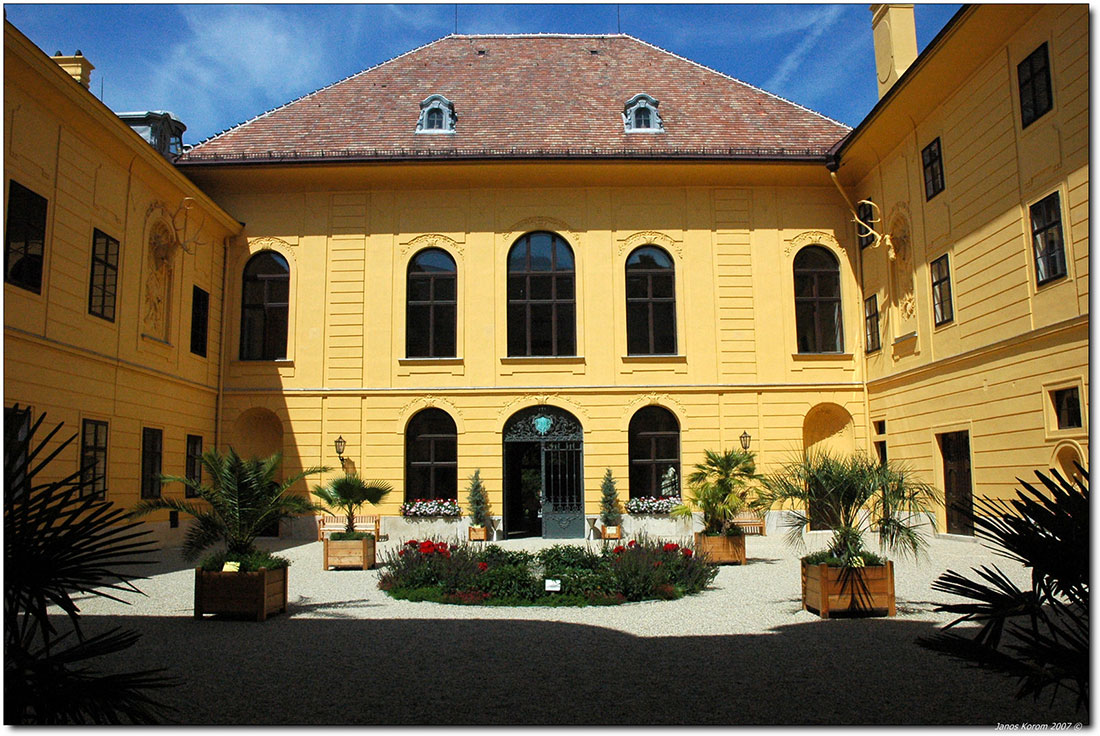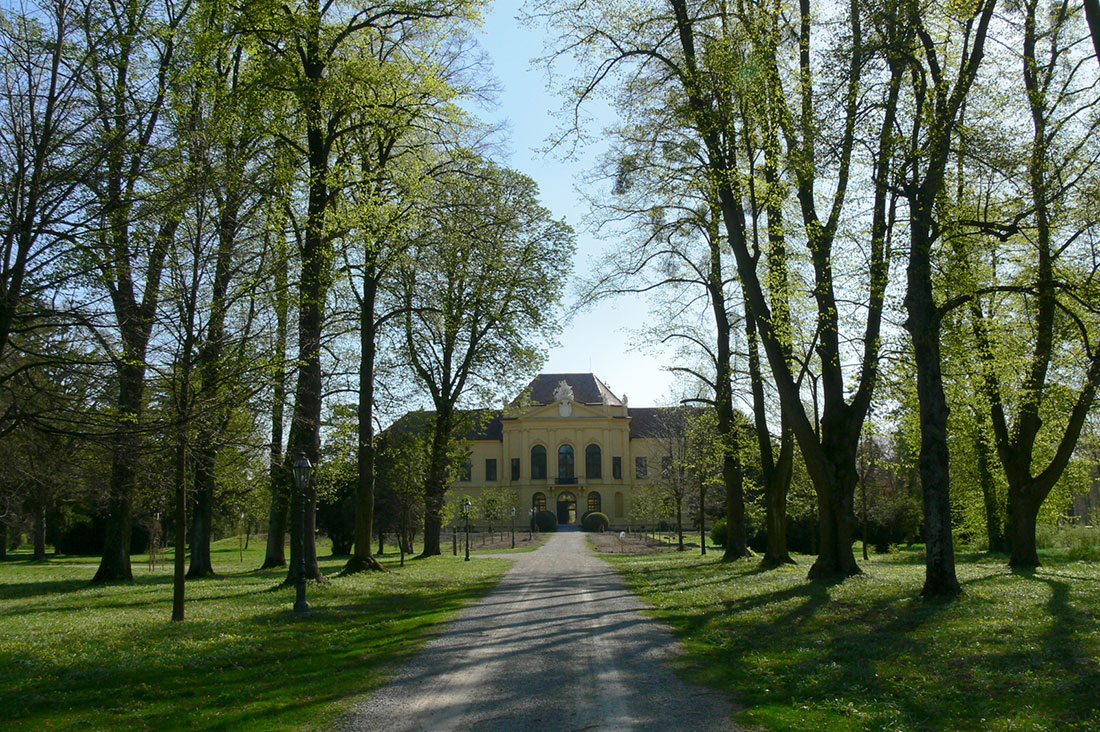To the east from Vienna, in the midst of the enchanting landscape of the Danube wetlands, stands the Eckartsau Palace. Its history is closely connected with the happy and fateful days of the House of Habsburg. Impressed by the rich wildlife of the Eckartsau hunting grounds, Emperor Francis I, husband of Maria Theresa, acquired the castle and manor in the 18th century. In the richly decorated ballroom with magnificent ceiling frescoes, the ruling couple received noble guests for festive dinners and brilliant balls.
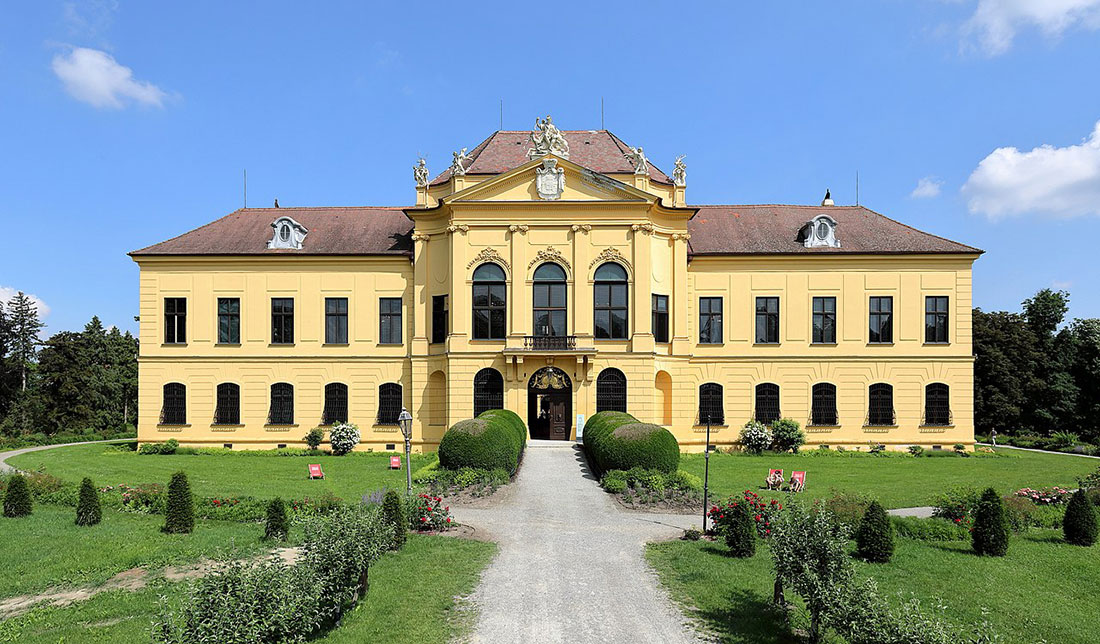
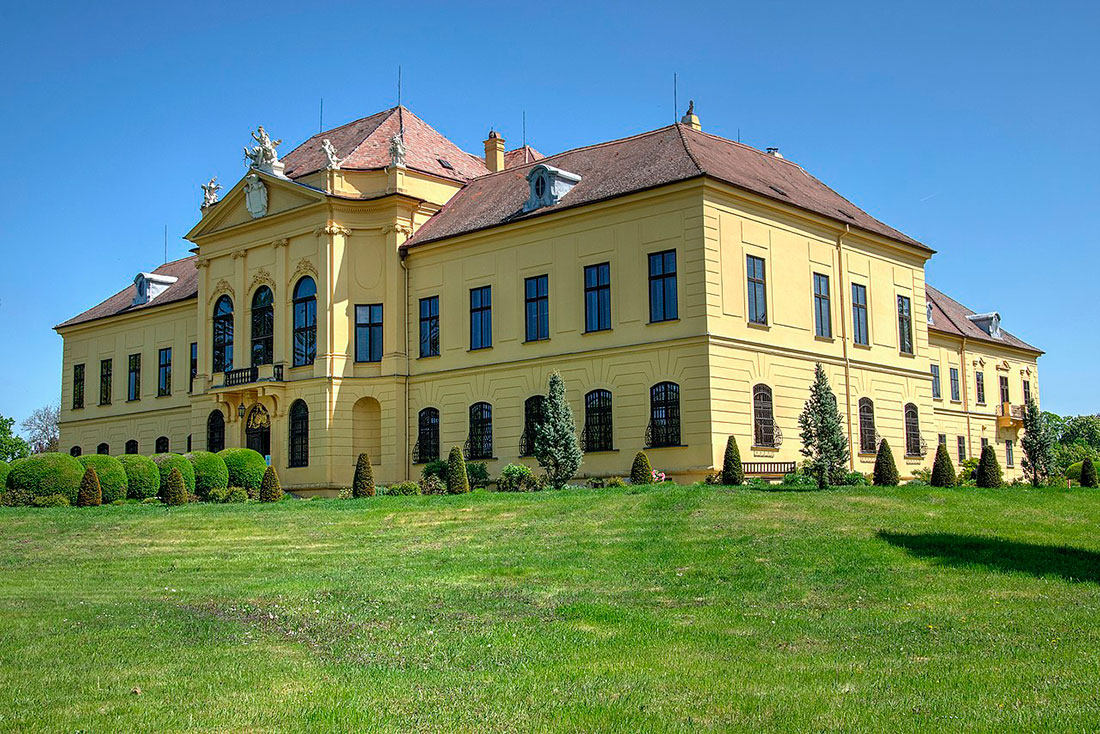
Today’s magnificent appearance of the palace owes much to Franz Ferdinand, Count of Kinsky, who acquired the Eckartsau estate in 1720. Subsequently, he turned the medieval fortification into a baroque hunting lodge. Top notch artists such as Fischer von Erlach, Daniel Grahn and Lorenzo Mattielli were directly involved in the massive renovation.
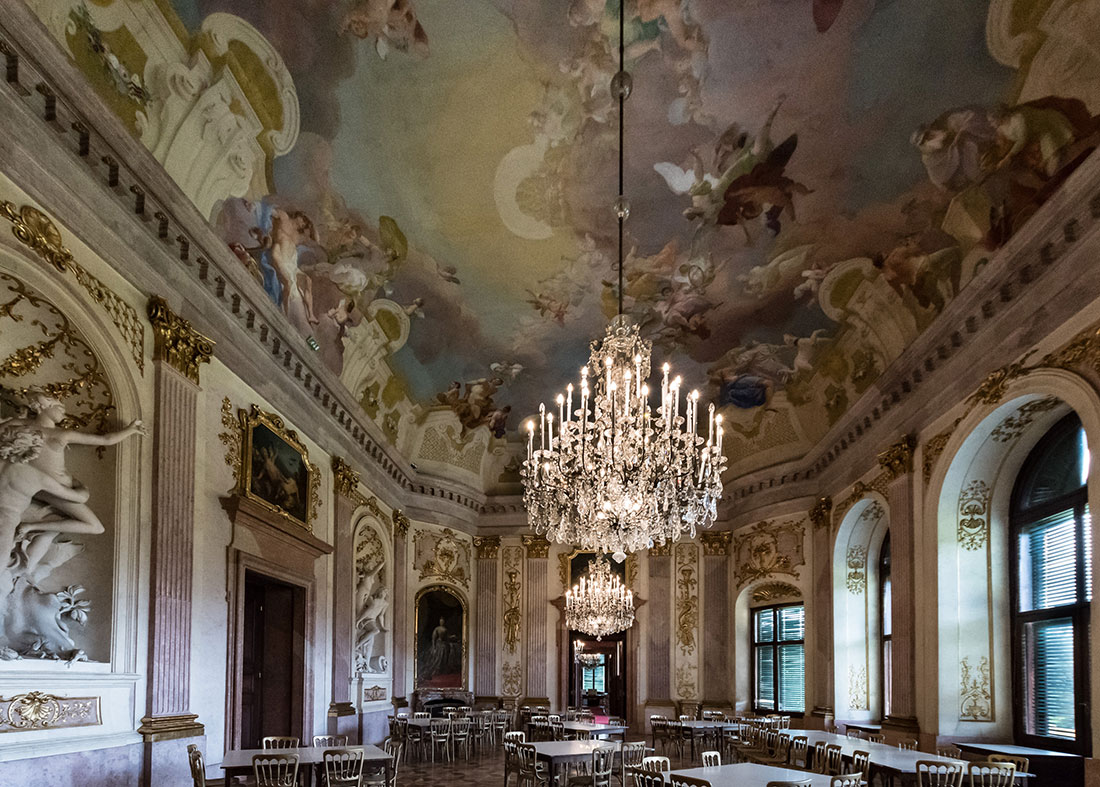
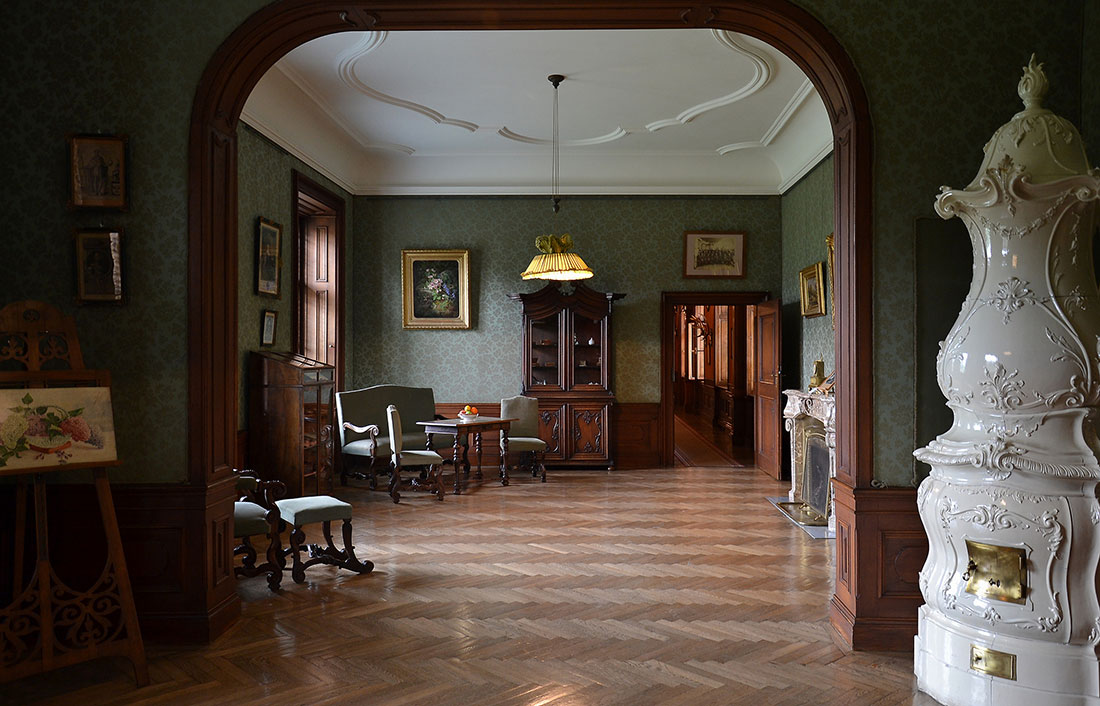
After the death of Maria Theresa in 1780, Eckartsau Palace fell into disrepair. Due to structural damage, the east wing was completely demolished, while the south wing was partially demolished. Archduke Franz Ferdinand overhauled the building from 1896 to 1897 and rebuilt the already demolished parts. The palace park was also renovated at that time. In 1912, the heir to the throne ordered to dismantle the magnificent white marble staircase from the former garden Palais Harrach in Vienna and transport it to the Eckartsau Palace.
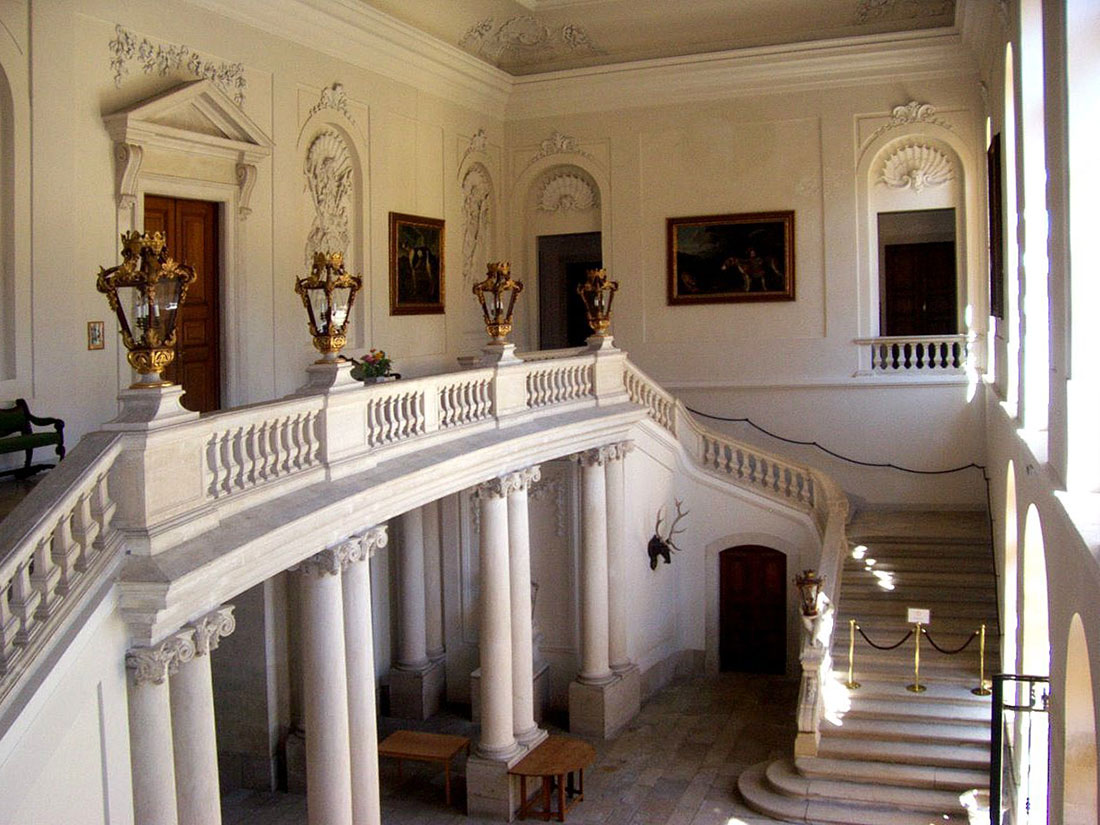
In the winter of 1918/1919, the Eckartsau Palace became the scene of the last chord of the long Habsburg rule: for three months the hunting lodge was the residence of Charles, the last deprived of power of the Austrian monarch, before the imperial family went into exile

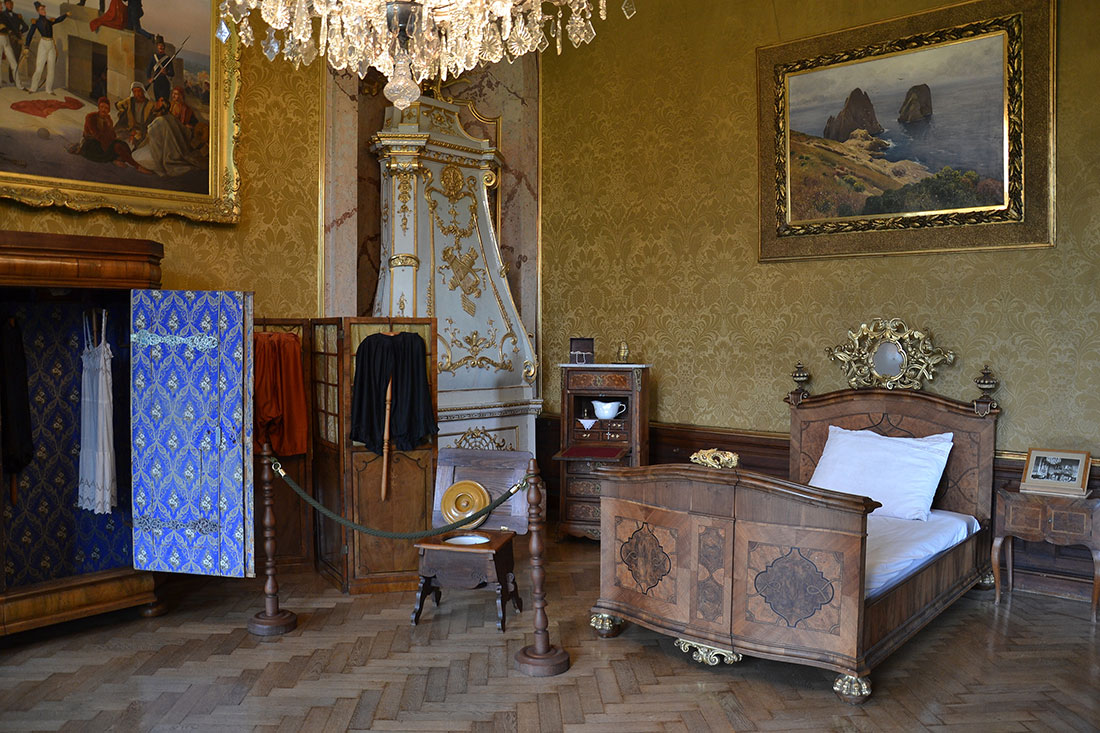
After Karl signed a declaration refusing to participate in public affairs (on November 11, 1918), he left Schönbrunn Palace with his family. A procession of seven cars set off and arrived at Eckartsau Palace at night. Located east of Vienna in the swampy forests of the Danube, it was one of several private Habsburg estates in the Marchfeld region of Lower Austria. Unlike Schönbrunn, which was the property of the crown and automatically became state property at the end of the Habsburg rule, the private assets of the monarchs initially remained with the dynasty.
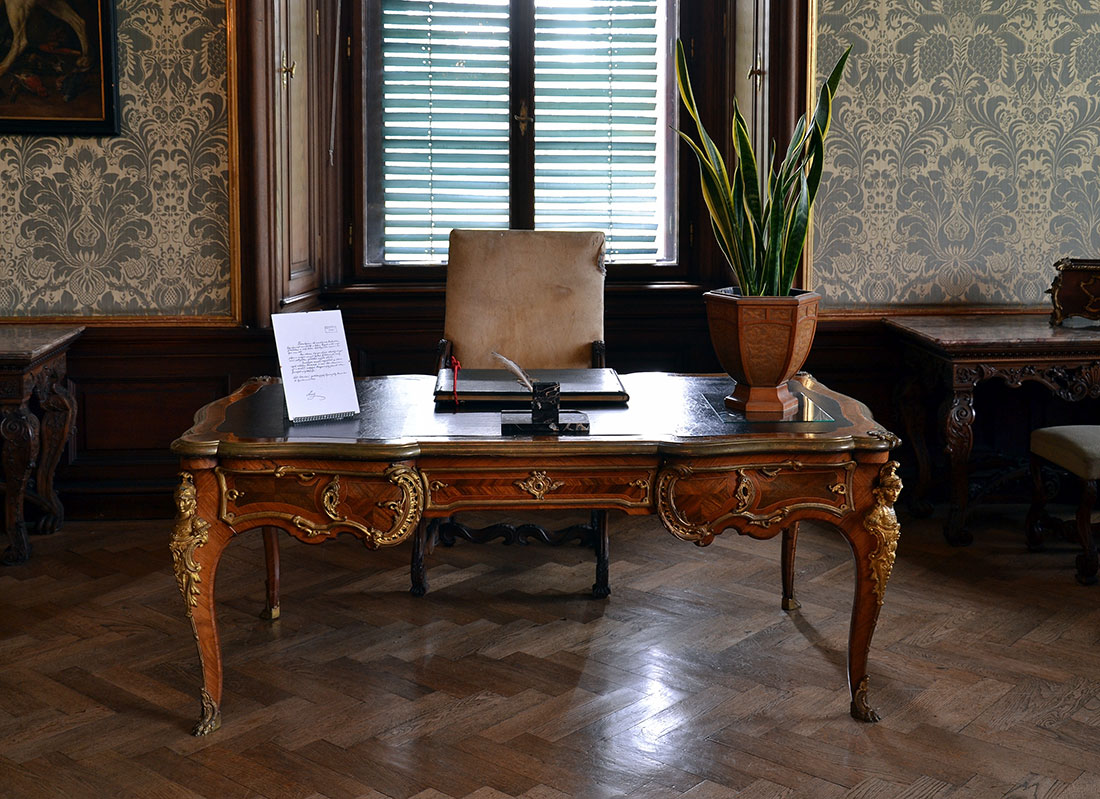
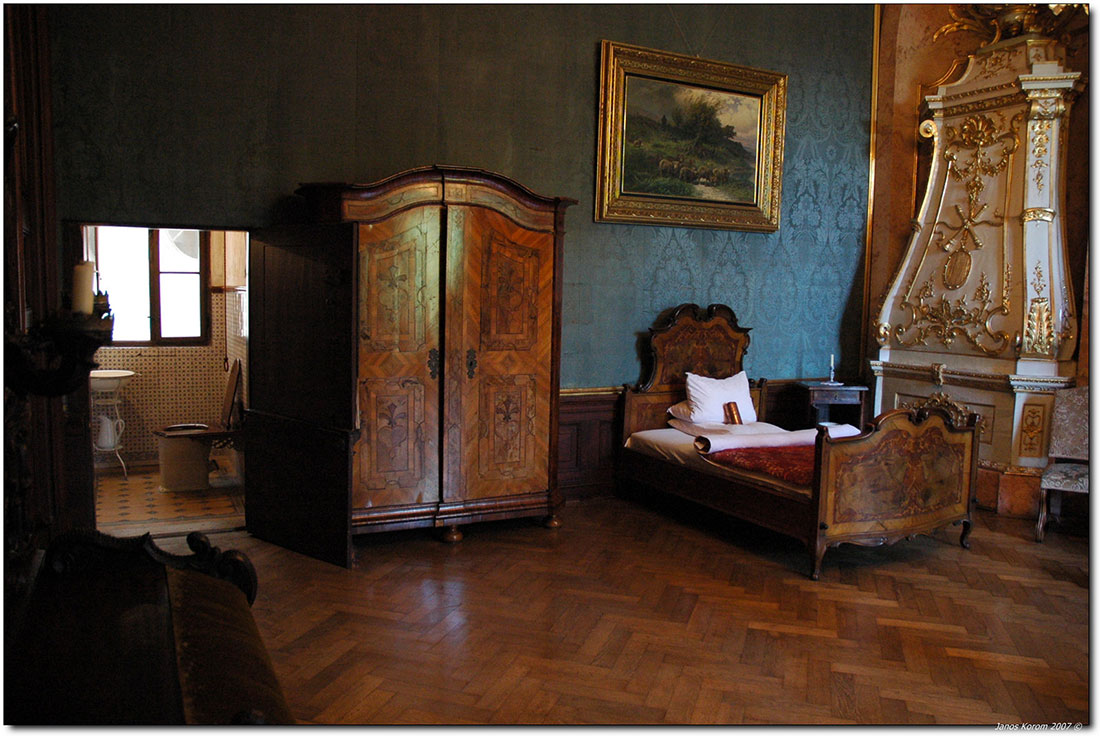
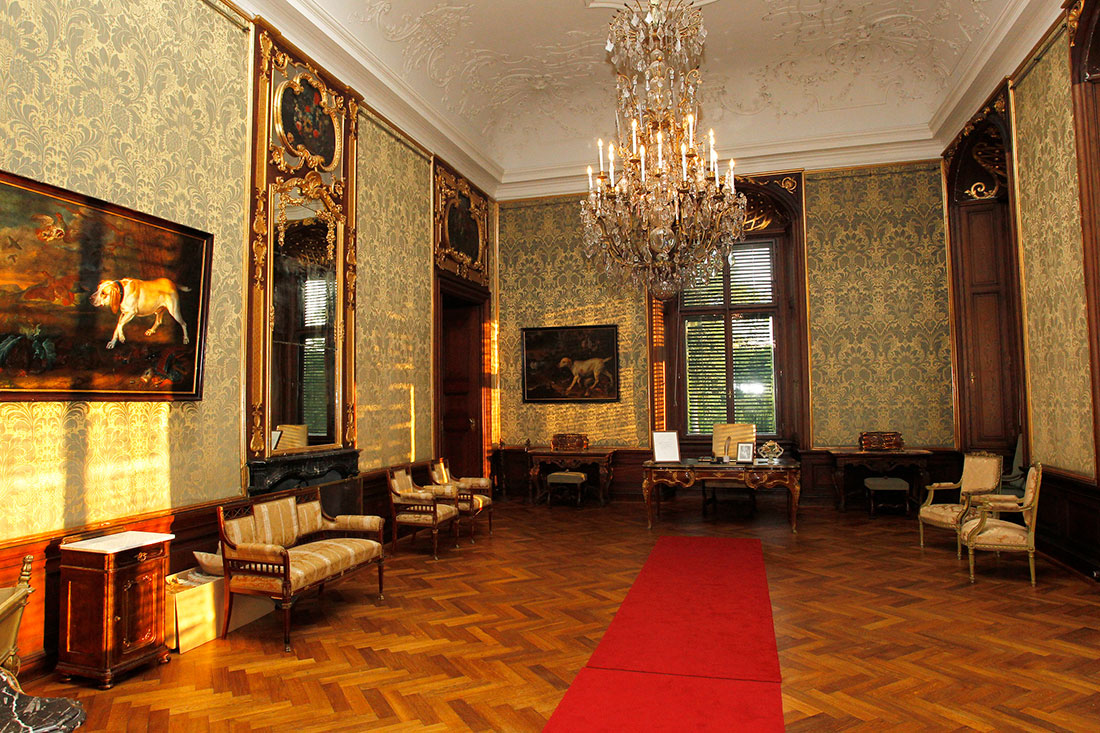
The magnificent ballroom and numerous hunting trophies of the heir to the throne, Franz Ferdinand, are reminiscent of the glamor and glory of the Austrian monarchy. The Habsburg Empire met the end of its epoch in Eckartsau Palace: the last Austrian imperial couple fled into exile from here. During the palace tours, this captivating story about the last hours of Austria-Hungary is told right where it took place.
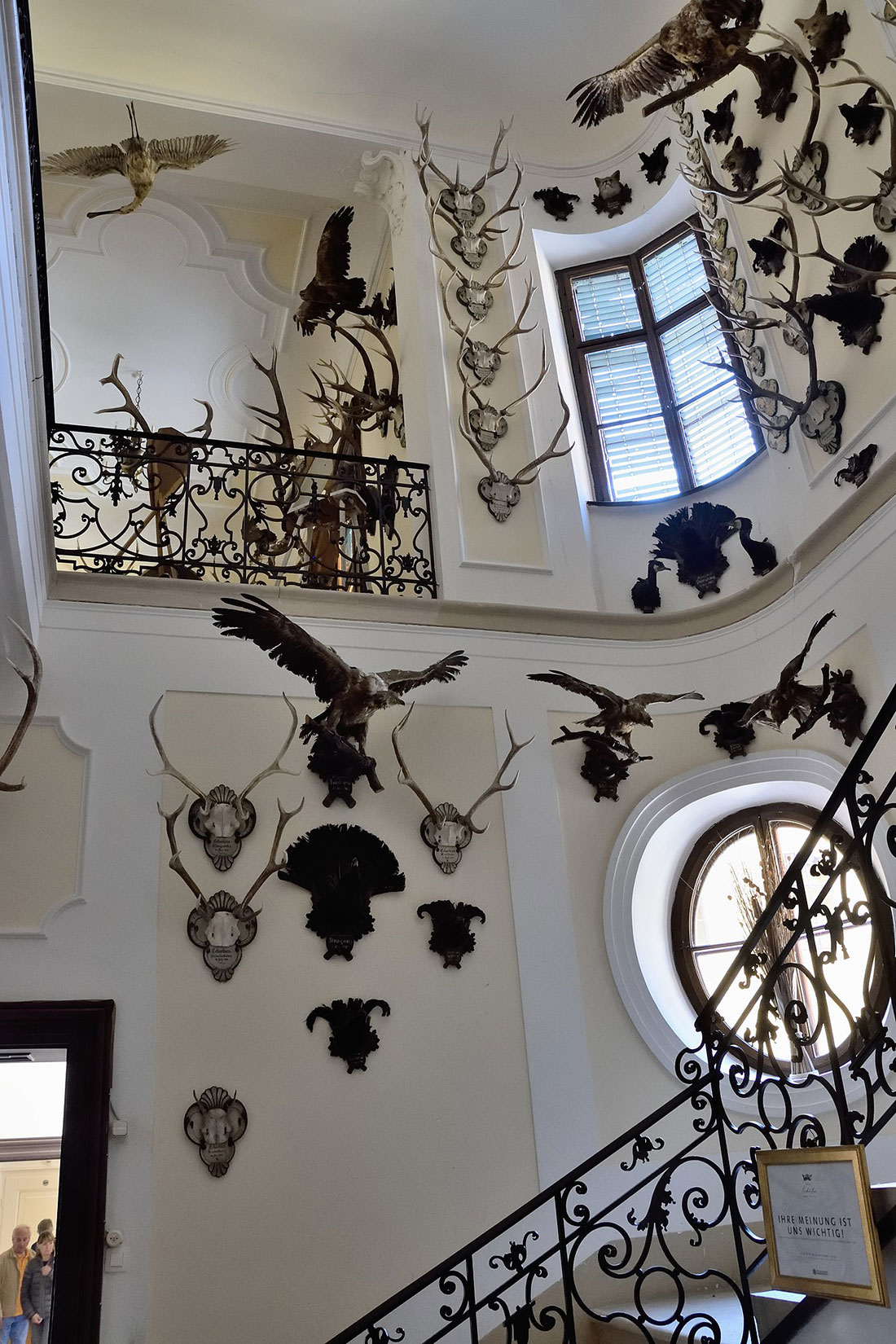
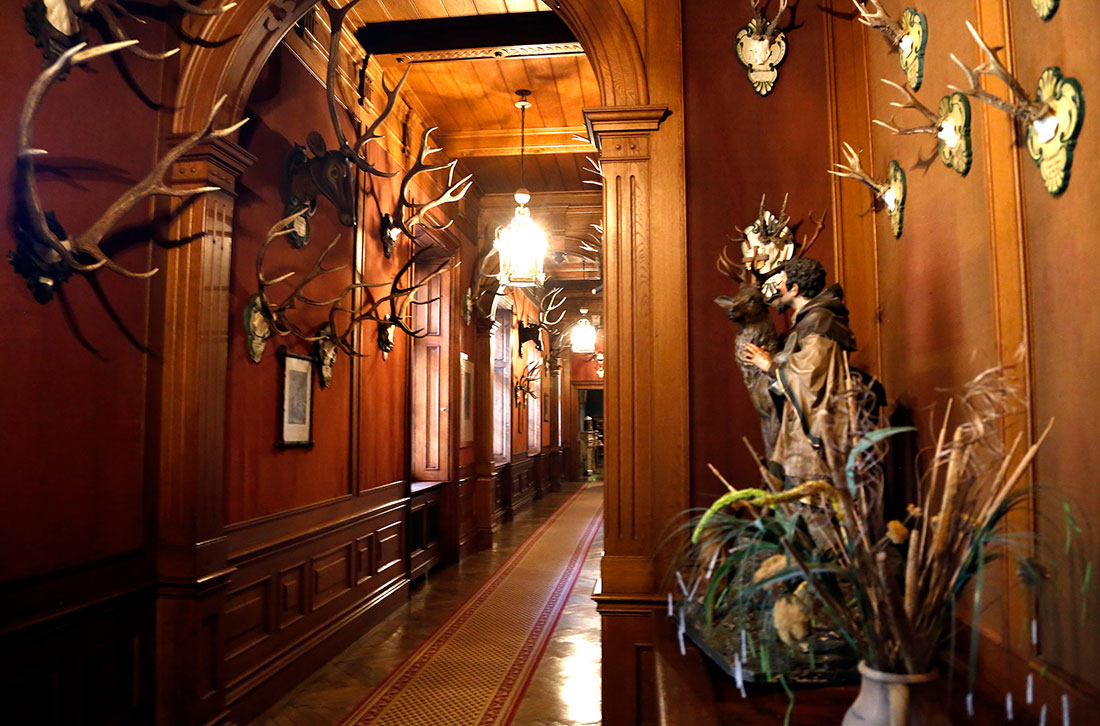
To this day, the Baroque-style ceremonial halls give a sense of the splendor and joy of a bygone era. Visitors can imagine the carefree life of the nobility in this artificial paradise. This unique place, which is in close harmony between nature and civilization, is a perfect location for a day trip from Vienna or a day trip from Bratislava.
